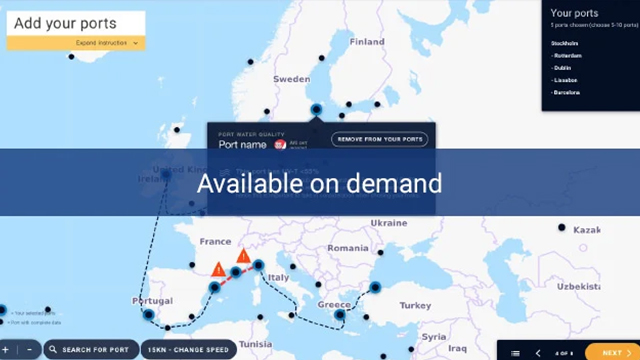New Zealand Ballast Water Management FAQs
The biosecurity problem of invasive aquatic organisms and pathogen has been recognised in New Zealand early on. Since 2000, New Zealand has had an Import Health Standard (IHS) that requires ballast water carried on international vessels to be exchanged in mid-ocean prior to being discharged into New Zealand's territorial waters.
Ballast water management (BWM) came into effect in New Zealand on 8 September 2017. BWM applies to all NZ commercial and recreational vessels that have the ability to carry non-permanent ballast water, and are undertaking international voyages.
Part 300 of the Marine Protection Rules outlines the framework for ballast management and treatment, with the aim to prevent, minimise, and ultimately eliminate the risk from harmful aquatic organisms and pathogens to the environment, people, resources and property through the control and management of ships’ ballast water and sediment.
The rules give effect to the provisions of the International Convention for the Control and Management of Ships’ Ballast Water and Sediments 2004 and contain the applicable marine protection rules for the discharge of ballast water in section 246B of the Maritime Transport Act 1994 (More information at MaritimeNZ.govt.nz)
With NZ ratifying the convention on 8 September 2017, all international vessels that carry ballast water in NZ seas need to install an on-board ballast treatment system approved by the International Maritime Organization (IMO) (More information at Marine Biosecurity NIWA).
Choose a compliant supplier
Alfa Laval New Zealand provides the mandatory system compliance required by IMO/USCG to International vessels equipped with Alfa Laval BWS (Ballast Water Systems). See products
Consider the After Sales service and support of your BWS. Alfa Laval has been servicing marine customers and ships in New Zealand with a strong local service presence for more than 90 years.
Navigating ballast water regulations
Let’s get real! Picking up from Episode 1, we’ll look at real water characteristics in different world ports – and see why some type-approved ballast water treatment systems won’t work there. You’ll be introduced to Compliance Navigator, a free new tool that compares system limitations with the conditions on your vessel’s trade routes. Using Compliance Navigator, you can avoid problems and stay free to sail like you always have.

